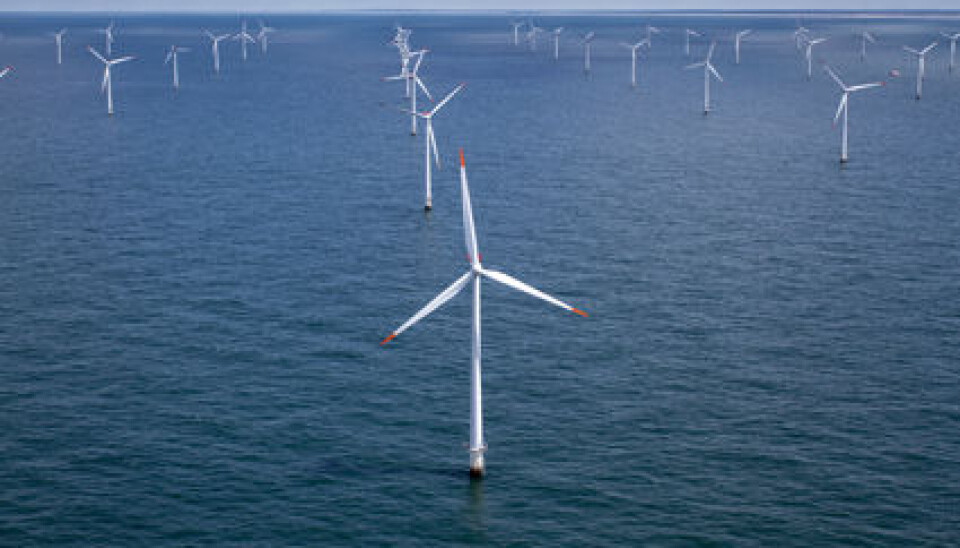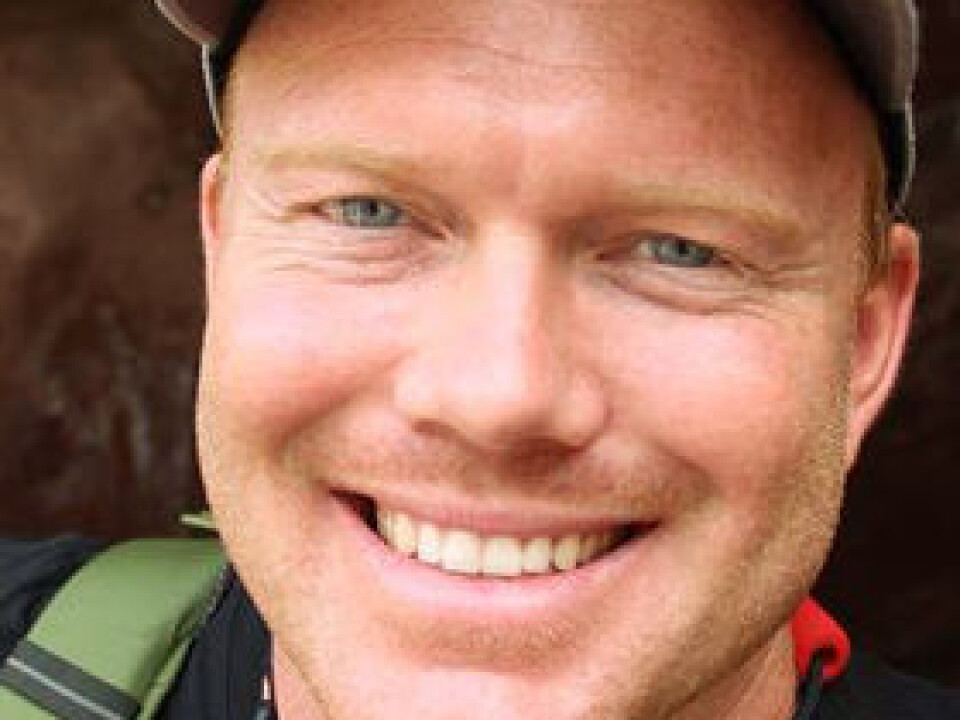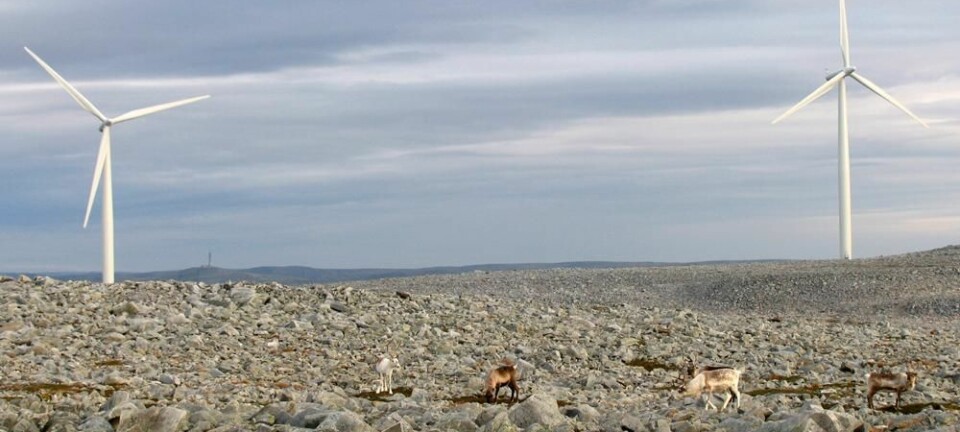
Wresting more power from wind turbines
Offshore floating wind farms require some highly advanced and novel controls to be both long-lasting and productive.
Denne artikkelen er over ti år gammel og kan inneholde utdatert informasjon.
How do you get a floating wind turbine to produce the maximum amount of energy without wrecking it?
It’s a more complicated question than you might think. Ask Tore Bakka, who recently defended his doctoral dissertation at the University of Agder on a study of wind turbines in deep waters. He knows.
Ocean construction
The first wind turbines were built on land. Bakka, however, has his focus on the expanding need for wind parks placed out at sea.
Plans for wind park developments on land rarely go uncontested. Clean renewable energy is great, but a wind turbine can be awfully intrusive if you live close by. Fewer people protest wind parks when they are placed out at sea. There are no neighbours to be disturbed by a ruined view or the constant swoosh, swoosh of huge rotating blades. Out of sight – out of mind. So fewer people think of them as spoilers of pristine nature.

“The next big step is to install floating wind parks in deeper waters, with depths exceeding 30 metres,” says Bakka. "These can take advantage of stronger and more reliable winds. And they can be far enough offshore to be completely out of sight.”
But at these distances, wind turbines cannot be planted on the seabed. They need to be tethered to stay in one spot but allowed to float. This involves all sorts of technical challenges.
Unstable
Bakka explains that engineers cannot simply transfer solutions from land-based or shallow water wind farms because the entire system is destabilised when ocean waves toss the turbines around.
Wind turbines involve more than spinning blades. Like a weather vane, the top also turns to face into the wind. The blades themselves can also be rotated on their long axis, which is called changing their pitch. This angling of the blade enables them to alter their ability to extract energy from winds of varying speeds.
As long as the wind isn’t too strong, turbine blades can be pitched to produce as much energy as they can from the input of air pressure. But all machines have their tolerance limits. If the wind velocity exceeds certain limits, the pitch of the blades can be varied to slow or even halt the rotation.
Floating wind turbines are subjected to an extra challenge – motion at both ends. While the wind spins turbine blades, surface waves make the entire turbine tip and bob around in all directions.
“When it’s blowing hard, you want to keep production up to the capacity the turbine is rated for - in other words, up at maximum,” Bakka says.
“So the pitch of the blades is angled to reduce power from the wind and they are slowed down. The idea is to control the pitch in a smart way, maintaining the output while minimizing the effect of undesired motion.”
Undesired motion
You want to avoid stresses caused by the pendulous motion of the drive shaft tipping about in the waves and fluctuating transfers of stress from the rotor into the generator.
“This works pretty well on land. But offshore you get an undesirable combination between the pitch of the blades and movements of the entire tower. This is currently handled by systems that react very slowly. These methods provide stability but aren’t optimal, and there are tons of undesirable consequences,” Bakka says, in an attempt to keep his explanation simple.
He is now working to make the controls of these adjustments respond more quickly than they do today. He has had help in his efforts from models provided by the US Department of Energy's National Renewable Energy Laboratory.
A longer lifespan
The goal is to reduce unwanted movements and thus reduce stress and wear on the turbines. A turbine lasts longer and needs fewer repairs when blades can be pitched in a smarter way in relation to the fluctuations of wind and waves.
Bakka has presented and defended his doctoral dissertation and is pleased so far, but it is hard to say when or if his ideas will be implemented on the high seas.
“The industry is very conservative and everyone is very secretive about their plans. We don’t know how things will be engineered and developments often move ahead by trial and error. We would like to see wind turbines evolve more through the use of models,” he says.
----------------------------
Read the Norwegian version of this article at forskning.no
Translated by: Glenn Ostling

































